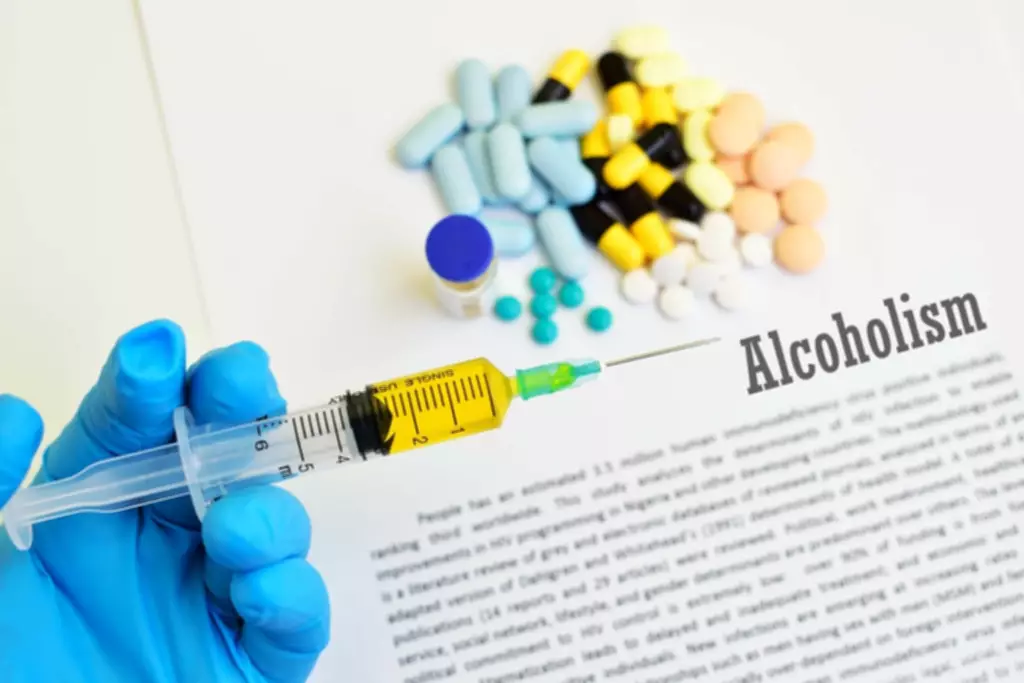Content
Describing age-specific transition probabilities between disability-free, disabled, and death for each drinking status, we provide some first evidence on the dynamic forces underlying the relationship between drinking and mortality. Current drinkers were found to have reduced mortality conditional on being disability-free and increased incidence of recovery from disability relative to lifelong abstainers. With the primary focus of the paper on the relationship between alcohol consumption and life expectancies, our findings also contribute to our understanding of the significance of alcohol consumption for population health. In the existing literature, there are only a few studies estimating healthy life expectancies by drinking status (Brønnum-Hansen et al., 2007, Klijs et al., 2011, Li et al., 2020, Mehta and Myrskylä, 2017, O’Doherty et al., 2016).
Whereas alcohol consumption has been studied frequently in relation to mortality (especially CVD), the findings were inconsistent. Many studies have reported J-shaped curves relating alcohol to mortality, suggesting the lowest risk for light-moderate drinkers [2–5], while others found non-significant associations or linear associations [1, 6, 7]. Many early cohort studies may have suffered from ‘abstainer bias’ where ex-drinkers are misclassified as abstainers and related inclusion of subjects https://ecosoberhouse.com/article/what-is-the-life-expectancy-of-an-alcoholic/ with chronic diseases (sick quitters), and limited confounder adjustment [5, 6, 8]. A recent meta-analysis addressing these issues [6] found no protective effect of low-moderate drinking in the subset of studies that controlled for these biases, but this selection was criticized [9]. While mortality studies investigate risk factors for premature death (i.e. earlier than average), longevity studies investigate determinants of attaining exceptionally high ages (exceeding life expectancy).
Mortality and life expectancy of people with alcohol use disorder in Denmark, Finland and Sweden
As we grow older, health problems and prescribed medicines might require us to drink less or avoid alcohol altogether. Some older people also experience alcohol’s effects more strongly without increasing the amount they drink, making them more prone to accidents like falls, fractures or car crashes. We treat alcohol withdrawal and detox very seriously, as it can potentially be life-threatening if it is not treated properly or by a medical professional. We consider our program to be overstaffed, and we do this so that each of our clients has individual care, around the clock so that they are never feeling alone.
Do alcoholics live longer than non drinkers?
The chances of survival for heavy drinkers are low, on average. Moderate drinkers, on the other hand, tend to have increased life spans. Moderate alcohol consumption improves your health and reduces the risk of deaths caused by cardiovascular diseases by almost half.
While alcohol-induced liver disease is common, you can prevent it by significantly reducing alcohol intake or stopping it altogether. Frequently drinking alcohol can result in a weakened immune system, resulting in your body having a much more difficult time fighting illness and disease. Common illnesses that occur with a weakened immune system, especially with alcoholics, include pneumonia and tuberculosis.
Alcohol Abuse Disorder and Lifespan of an Alcoholic
Furthermore, there is data that suggests even moderate drinking reduces lifespan. According to the research, people who consume more than ten drinks per week died one to two years earlier than those who drank five drinks or fewer per week. Furthermore, those who consumed eighteen or more drinks per week cut their life expectancy by four to five years.3 The Omni Calculator breaks down alcohol’s effect on lifespan into even more specific numbers. This study aims to examine the effect on different diseases of modest dirking.
Because alcoholics often end up isolated and alone, they also face the risk of becoming clinically depressed including possible life-threatening health conditions. Depending on the country, current guidelines (including those in the US) could allow levels of drinking high enough to shorten life expectancy. All alcoholic drinks, including wine, beer and liquor, are linked to cancer.
Study design and population
When an individual reaches this stage, drinking has taken over their lives and has impacted their daily functioning, including work, finances, and relationships. Another study limitation was that alcohol consumption per capita was determined from aggregate data and not from alcohol exposure for individuals. However, the World Health Organization data used in this study were supported by similar results from population surveys in Denmark, Finland and Sweden (17–19). In the aggregate data, neither age- nor sex-specific alcohol consumption data were available. The results based on aggregated data were exploratory and may not be used to draw definitive causative conclusions. In addition, data about illegal alcohol production and individual cross-border import were not included in the national statistics (6) and could not be evaluated in this study.
Liver disease is silent, invisible, and the number one leading cause of alcohol-attributable deaths in the United States. Dr. Raja is a board-certified internal medicine physician, certified by both the American Board of Internal Medicine and the American Society of Addiction Medicine. He is committed to providing the highest-quality medical care to his patients. He is conscientious and compassionate with regards to all those who have been entrusted in his care. Dr. Raja values the patient-physician relationship and makes every effort to build trust and confidence as he goes to great lengths to make sure the experience is as pleasant as possible for his patients. His attention to detail ensures the valued healthcare delivered in his practice.
It may seem harsh, but it can actually be beneficial to bring up that you are noticing things beginning to slip. When you do this, it is important to be firm, but not attacking or accusatory. You don’t want to put your loved one one the defensive, only let them know that they are not concealing their addiction as well as they might believe.

Alcohol can also lower a person’s inhibitions and make them more likely to act on suicidal thoughts. If you or a loved one experiences changes in mood or suicidal thoughts, it’s essential to seek https://ecosoberhouse.com/article/what-is-the-life-expectancy-of-an-alcoholic/ help immediately. When you consume large amounts of alcohol, it causes disruptions in the brain specifically with the communication pathways, often resulting in changes in mood and behaviors.
How much do you have to drink to get alcohol-induced hepatitis?
Life expectancy of people with alcohol use disorder (AUD) and people in the general population in Denmark, Finland and Sweden from 1987 to 2006. When most people drink to their tolerance level, they exhibit signs of intoxication. Those signs include slurring words, loss of balance and poor physical coordination. They may appear normal to those around them, other than the perception that they are drinking more. While many high functioning alcoholics have plenty of things going well for them, as their addiction continues, some things begin to slip.

